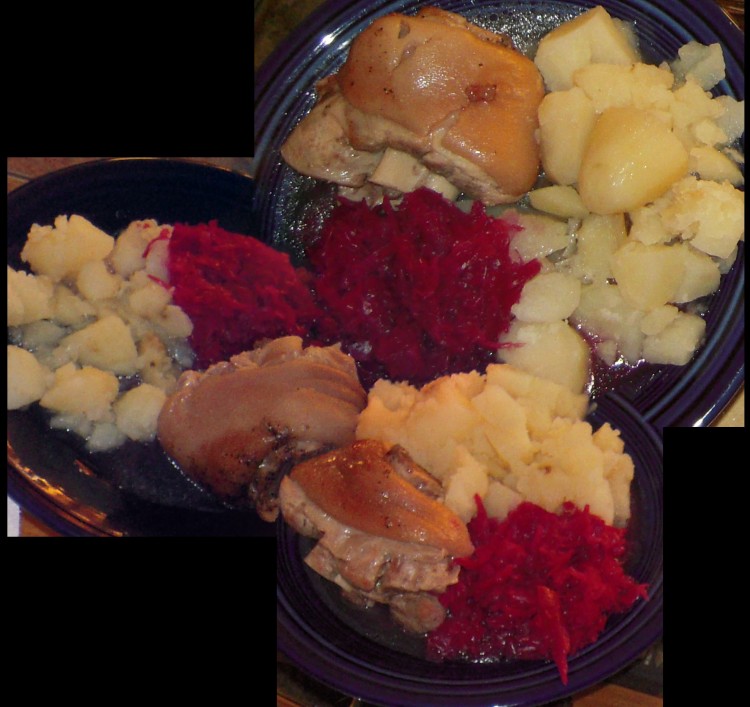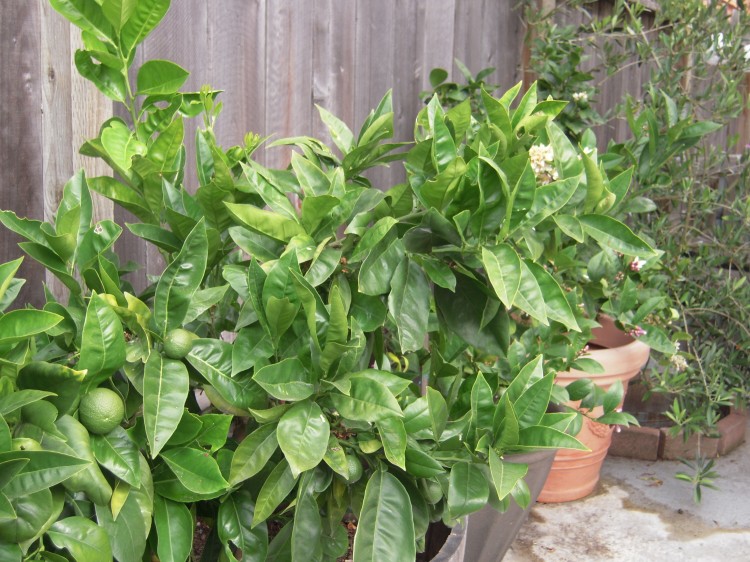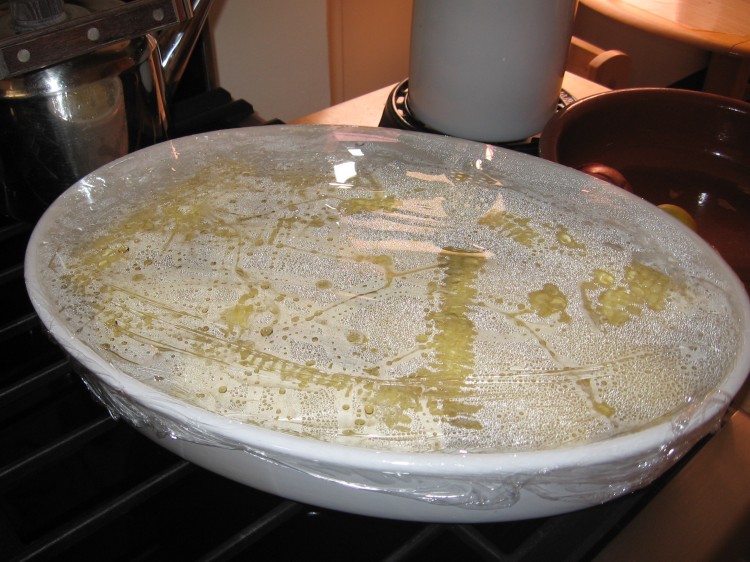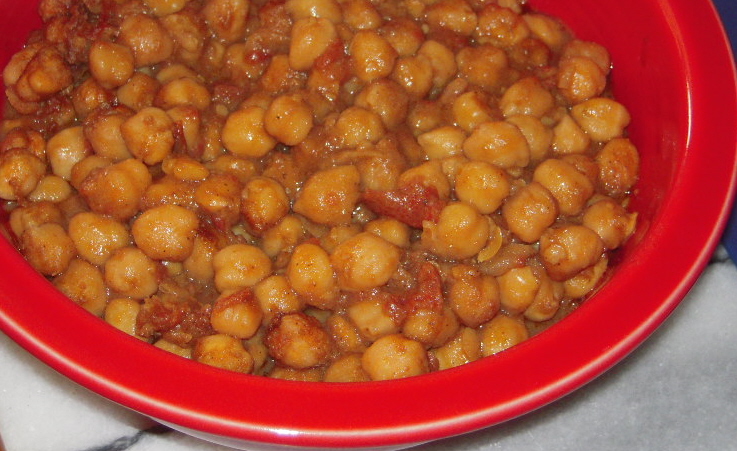
Chana masala
There is no reason you need to rely on those spice and spice paste packets enrobed in colorful little cardboard sleeves that have flooded the market in recent years when making Indian dishes. These packets, produced by American companies mainly for American cooks, are often good for only one meal – and won’t even give you that, if you have a large family. Most of the ones I have tried (and there are at least three companies that I know of) are perfectly fine in terms of results – no complaints there. The problem is the price, which ranges from outrageous to high for what you are really getting.
If you don’t want to be bothered by mixing your own spices, or with making curry pastes, buy these items in Asian/Indian markets in quantity once you have the technique down. There are blends produced and used in India but also packed for export, many of which have instructions in English, though asking the storekeeper for what you want is your best bet, since many shops sell spice mix in bulk.
One brand I like for chana masala is MDH, which is sold in boxes of 100 grams (3.5 ounces), which gives you enough for five batches (or three, for larger families). Some regular supermarkets in the Bay Area carry this for about $3, which is handy. It’s much cheaper in Indian groceries, though. This stuff makes an excellent chana masala!
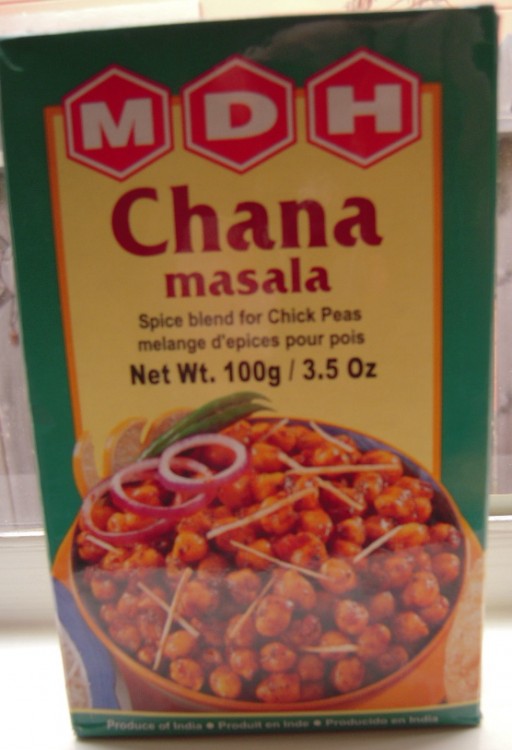
MDH spice blend for chana masala
If you want the recipe from the box, here it is:
MDH’s Chana Masala
“Soak 200g [a tad more than 7 ounces] chick peas overnight with extra water. Strain. In a large pan heat 50g cooking oil. Fry 120g [1 3/4 ounces] chopped red onions till golden brown. Add two chopped tomatoes (120g) [4 1/4 ounces]and stir. Add 20g [a bit less than 3/4 ounce] chana masala, 1 tspn. salt, and chick peas. Stir for 5 minutes then add 800ml [27 ounces] fresh water. Mix [in] 1/2 tspn. baking soda. Bring to boil & cover. Simmer for 40 min on low heat. Alternately pressure cook for 20 min. with 400ml [just under 14 ounces] water and 1/2 tspn. baking soda. Read cooking instructions on chick peas pack also.”
My notes:
1) The stovetop method may need way more cooking time than 40 minutes
2) You must soak your own chick peas! Do not do this with canned chick peas!
3) Do not omit the baking soda because you think it’s odd!
4) I have no idea what the last sentence means; I ignore it

